Processes and Techniques
Gold Tooling and Leather Tooling
Very much associated with bookbinding, gold tooling is the method of impressing lettering or a decorative design, through a sheet of 22 or 23 karat gold leaf, onto a leather, paper or cloth surface. ‘Blind’ tooling is an almost identical technique but without the addition of gold leaf. READ MORE
Fretwork and Piercing
Fretwork is the cutting of intricate designs into wood, metal and other materials using a fretsaw. Fretsaws have a deep frame to allow for more mobility and less restriction when cutting into wider areas of material. The fine-toothed blade is short in comparison to the frame, which not only allows it to retain some strength, but also gives it more mobility and precision when working closer to the material for intricate work. READ MORE
Cut Glass
The method of sculpting and cutting decorative designs into glass was achieved by the use of a Copper Wheel Crystal Engraving Lathe. A vast array of spindled copper and stone grinding wheels of varying size and form could be attached to the lathe to create the desired cut-glass incisions. READ MORE
Velvet Ruching
Ruching is originally a French term meaning to gather, ruffle or pleat. Most often seen in the lids of jewellery boxes and dressing cases, ruching is a technique by which velvet or silk is gathered up to form patterns of ruffles. These ruched panels are often softly padded and can be used to hold decorative pins and brooches. This particular technique was used throughout most of the 19th century.
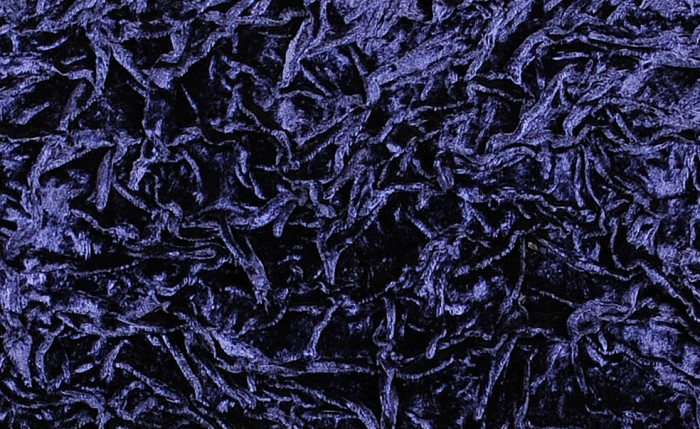
Velvet ruching in the lid of an Asprey antique jewellery box.
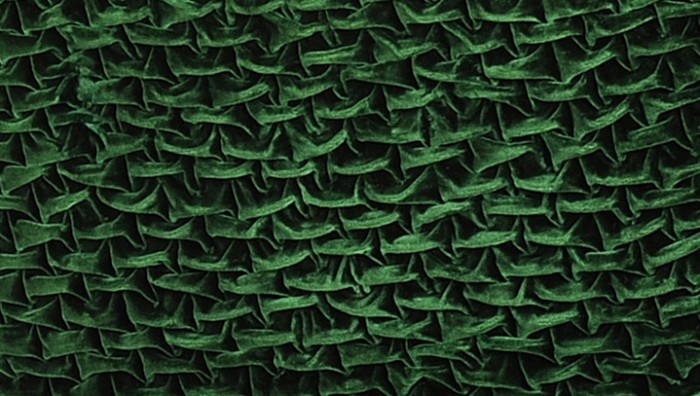
Velvet ruching taken from a Howell, James & Co. antique jewellery box.
Chasing and Repoussé
Chasing is the technique of hammering a malleable metal in order to create or define an embossed design. Chasing involves hammering from the front face of the metal, inwards and is used in conjunction with the opposite technique, Repoussé, which involves hammering from the underside side of the metal, outwards. READ MORE
Engine Turning / Guilloché
Engine turning (or Guilloché) is a method of machine engraving precise, repeat straight line or geometrical patterns and designs onto a base metal – a process that has been used in metalwork since the late 18th century. READ MORE
Silver Hallmarks
Originally introduced in 1300 by a statute of Edward l, this is an official identifying mark or set of marks stamped into a precious metal. The purpose of these hallmarks has always been to protect the customer from fraud and to protect the seller against unfair competition. READ MORE
Silver Plating (19th Century)
Silver plating is the method by which a base metal is coated with silver. This process is known as Electroplating and was first pioneered by Boris Jackobi, a German mathematician, in 1835. By 1840, the Birmingham based Elkington Company, run by George Richards Elkington and his cousin Henry Elkington, took out the patent for the improved process of electroplating silver, having discovered this in collaboration with surgeon, John Wright. READ MORE
Gilding
Gilding is the process of coating a metal with a thin layer of a pure gold. To perform this task during the 19th century, a process called fire-gilding or mercury gilding was used. READ MORE
Engraving
Engraving is is the art of inscribing forms of design, decoration, symbols and lettering into a hard surface by hand.
The engraver begins the process by drawing or stenciling the design onto the object. The design is then traced, lightly etching it using a point tool. A variety of hand gravers or burins are then used to properly engrave the traced design. READ MORE
Dovetail Joints
The method of dovetail joinery goes all the way back to ancient Egypt, where furniture displaying this practice has been found alongside entombed mummies.
Most often used to join separate sides together, the dovetail joint consists of a series of pins that extend from the end of one side and interlock with a series of tails on another side. READ MORE
French Polishing
French polishing is a process that was adopted and refined by the French in the 18th century, and is used to finish wood with a surface that can vary from a satin to high gloss appearance. READ MORE
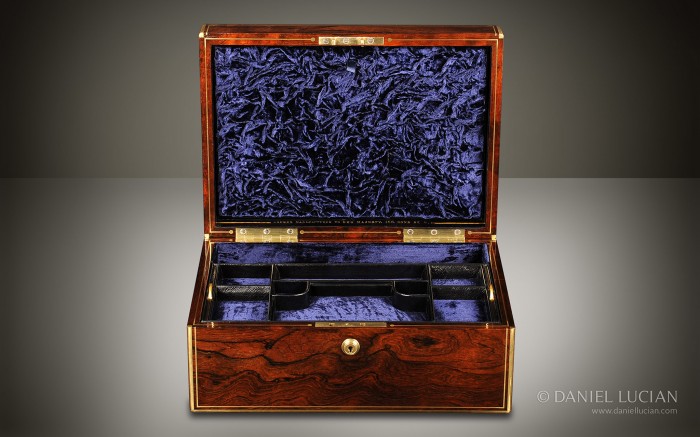
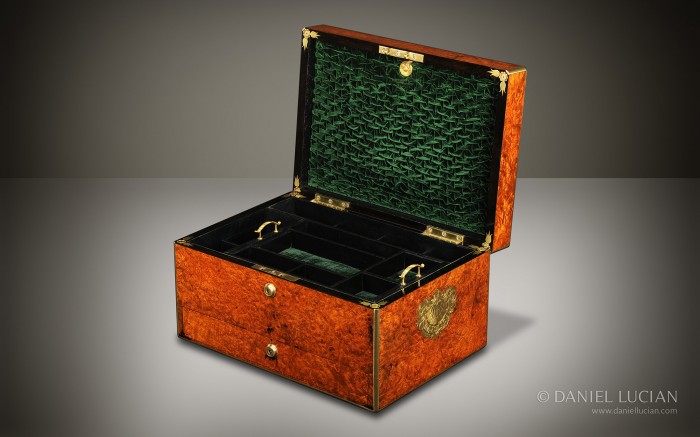
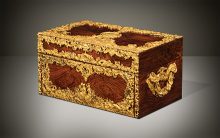 Price On Application
Price On Application